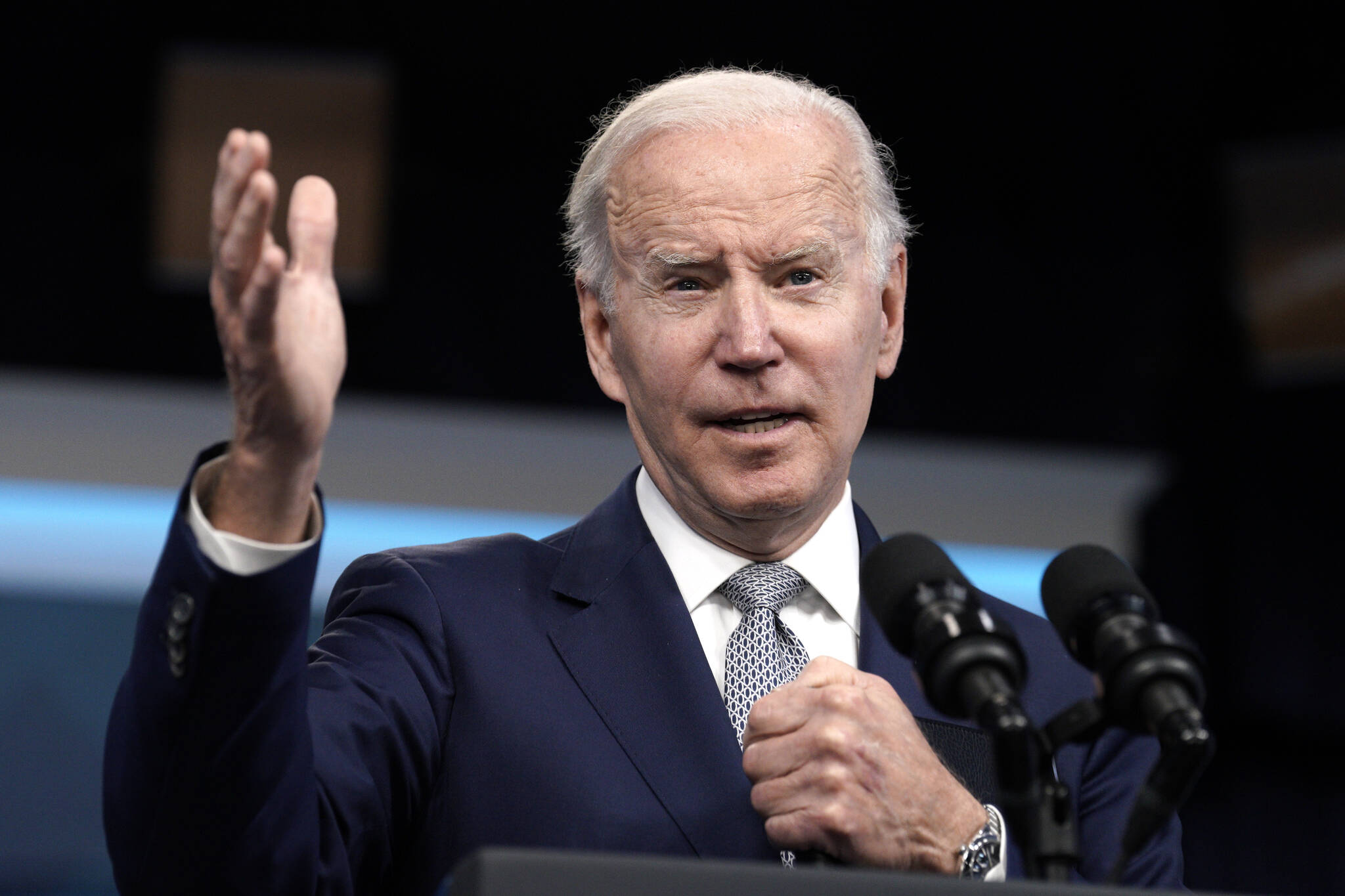U.S. consumer prices rose by more than forecast in April, indicating inflation will persist at elevated levels for longer and keeping the Federal Reserve on the path of aggressive interest-rate hikes.
The core consumer price index, which excludes food and energy, increased 0.6 percent from a month earlier and 6.2 percent from April 2021, according to Labor Department data released Wednesday, May 11. The broader CPI rose 0.3 percent from the prior month and 8.3 percent on an annual basis, a slight cooling but still among the highest readings in decades.
Some of the largest contributors to the monthly increase included shelter, food, airfares and new vehicles.
The core CPI was projected to rise 0.4 percent from a month earlier, while the headline gauge was seen climbing 0.2 percent, according to the median estimates in a Bloomberg survey of economists.
While the latest report shows that US inflation has likely peaked, the figures underscore the breadth of price increases in the economy and, when combined with firm wage growth, suggest high inflation will persist for some time.
Despite the Fed raising interest rates, including the biggest rate hike since 2000 last week, global headwinds like China’s lockdowns and resilient services’ demand may mean a slow road to the central bank’s 2 percent goal.
Fed Chair Jerome Powell signaled last week that officials are open to several half-point increases in the central bank’s benchmark rate in the months ahead. The CPI will help shape estimates for the April personal consumption expenditures price index, the Fed’s preferred inflation gauge, which will be released on May 27.
Inflation has put President Joe Biden and Democrats on their heels this year, threatening their thin congressional majorities despite a robust job market and resilient consumer spending.
A key expectation for a moderation in inflation this year hinges on slowdown in goods prices as Americans shift their discretionary income to activities like travel and dining out. The rate of goods and other commodities inflation declined while services costs increased by the most since 2001 on a monthly basis.
Food prices rose 0.9 percent in April, and were up 9.4 percent from a year earlier. Energy costs declined in April, as gasoline prices fell 6.1 percent from the prior month in what may prove to be just a temporary reprieve. Gas prices have since rebounded to a record high.
Shelter costs — which are the biggest services’ component and make up about a third of the overall index — rose 0.5 percent for a third straight month. Rent of primary residence climbed 0.6 percent, while owners’ equivalent rent increased by the most since 2006.
Driven by a pickup in travel plans, the cost of hotel stays rose 1.7 percent while airfares surged a record 18.6 percent as airlines passed along higher fuel costs to consumers. New-vehicle prices advanced 1.1 percent, the most this year, while used-auto prices fell 0.4 percent.
Last week, Powell said “inflation is much too high” and emphasized the central bank understands the financial hardship for Americans.


